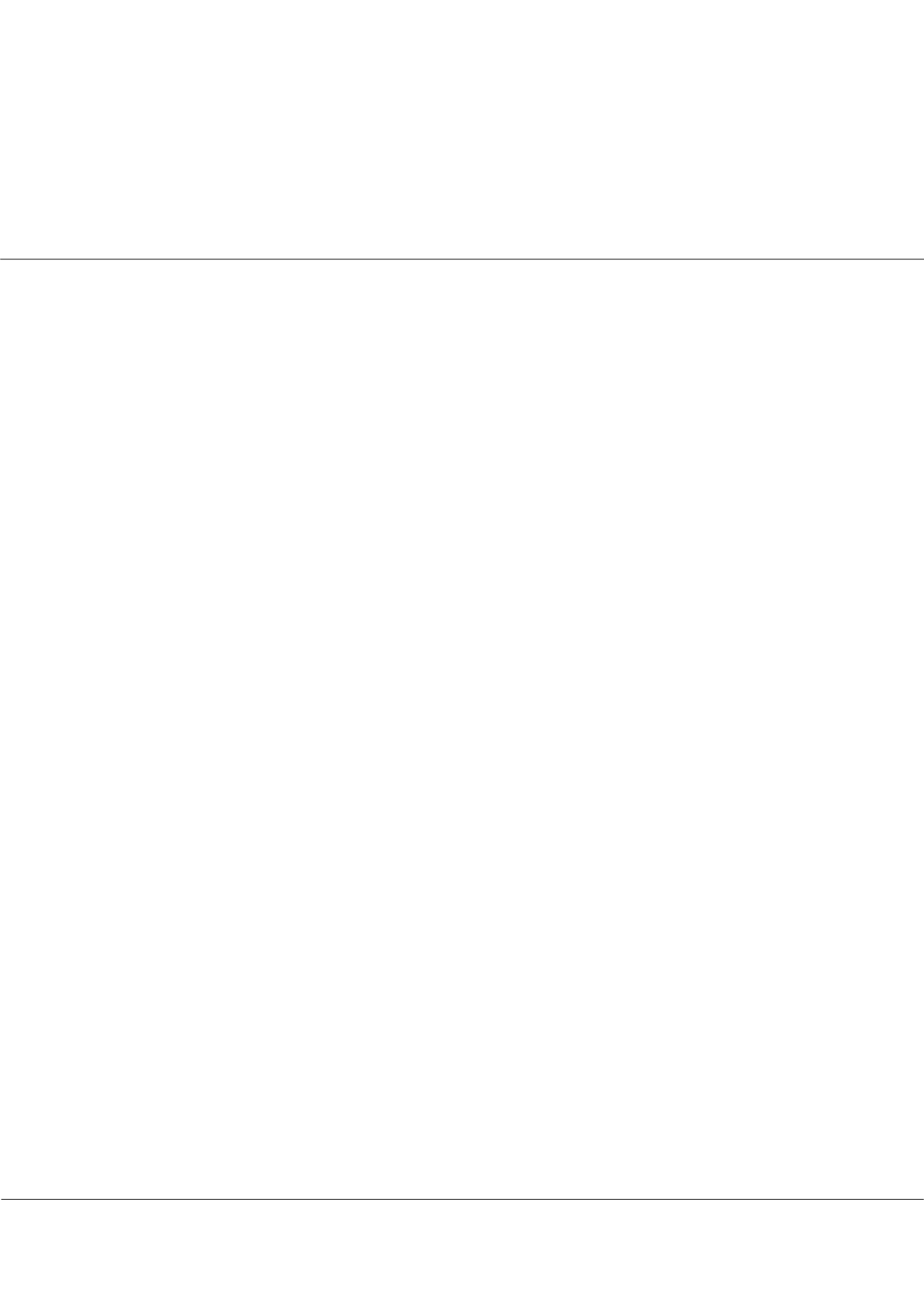

Page 52
Notes:
conferenceseries
.com
Volume 8
Journal of Sports Medicine & Doping Studies
ISSN: 2161-0673
Sports Medicine 2018
November 14-15, 2018
November 14-15, 2018 | Edinburgh, Scotland
4
th
International Conference on
Sports Medicine and Fitness
Superior LabrumAnterior Posterior Lesions (SLAPs) in athletes: An overview
Valerio Pace
University of Perugia, Italy
A
SLAP lesion is defined as an
injury of the superior labrum that begins posteriorly and extends anteriorly including the
‘anchor’ (the biceps tendon to the labrum). It is a frequent injury in throwing athletes. It has 3 anatomical variants: normal,
sublabral foramen, Buford complex. The biomechanics of this injury is related to GH translation and motion increment and
strain on AIGHL with ABER. His etiology includes a single traumatic event or repetitive overhead activities (compression,
traction, avulsion, internal impingement). His epidemiology is characterized by a low incidence, no side prevalence and these
are frequently associated injuries. The most used classification systems are Snyder and Moffet. A wide range of symptoms are
common, causing loss of velocity in throwing athletes. An appropriate examination should include observation, palpation,
neurovascular exam, ROMs, assessment of coexisting pathologies. Typical findings are positivity to the following tests: O’Brien’s
(sensitivity 100%), Jobe’s, Grind’s, Yergason’s, Speed’s, Mimori’s (sensitivity 100%), Kibler’s, Crank’s, Kim’s. The performance
of an MRI arthrogram gives very accurate findings. Treatment options include conservative measures (capsular stretching,
rotator cuff strengthening, scapular stabilizers) which are characterized by lack of studies able to report their efficacy. Surgical
options depends on classification: debridement is appropriate for type 1, stabilization with biceps anchor for type 2, ; excision
of bucket-handle tear for type 3, biceps tenodesis or excision for tyope 4, stabilization with biceps anchor and labral repair for
type 5. Outcomes show relatively good surgical results, while frequent failure of conservative treatments is observed. The post-
op rehab program include a sling for 4 weeks, early PROMs and gentle AAROMs, FF 145 and ER 60 (45 in Abd) by 6 weeks,
full ROMs by 10 weeks, 14 weeks of restricted sport activity (light swimming, half golf swings), interval throwing program by
10-20 weeks, RTP by 6-9 months. Conclusions: high index of suspicion of this diagnosis in throwers with shoulder pain while
clinical exam usually provides the correct diagnosis. MRI is useful investigation to confirm the diagnosis. The recommended
treatment for throwers is rest, NSAIDs and rehab program in first instance; surgical management should be considered when
conservative measures fail. Suture anchor repair procedures are the preferred option for overhead activities or athletes.
Biography
Valerio Pace has completed his MBBS at the University of Perugia. He worked as T&O SHO and Registrar at Royal National Orthopaedic Hospital (RNOH) NHS Trust
between 2015 and 2017. He is currently a T&O Resident Doctor at the University of Perugia, Italy. He also has Honorary Research Contract at the Royal National
Orthopaedic Hospital. He has published eight papers in reputed journals, presented at several conferences and carrying on plenty of on-going research projects.
valeriopace@doctors.org.ukValerio Pace, J Sports Med Dop Stud 2018, Volume 8
DOI: 10.4172/2161-0673-C2-017


















